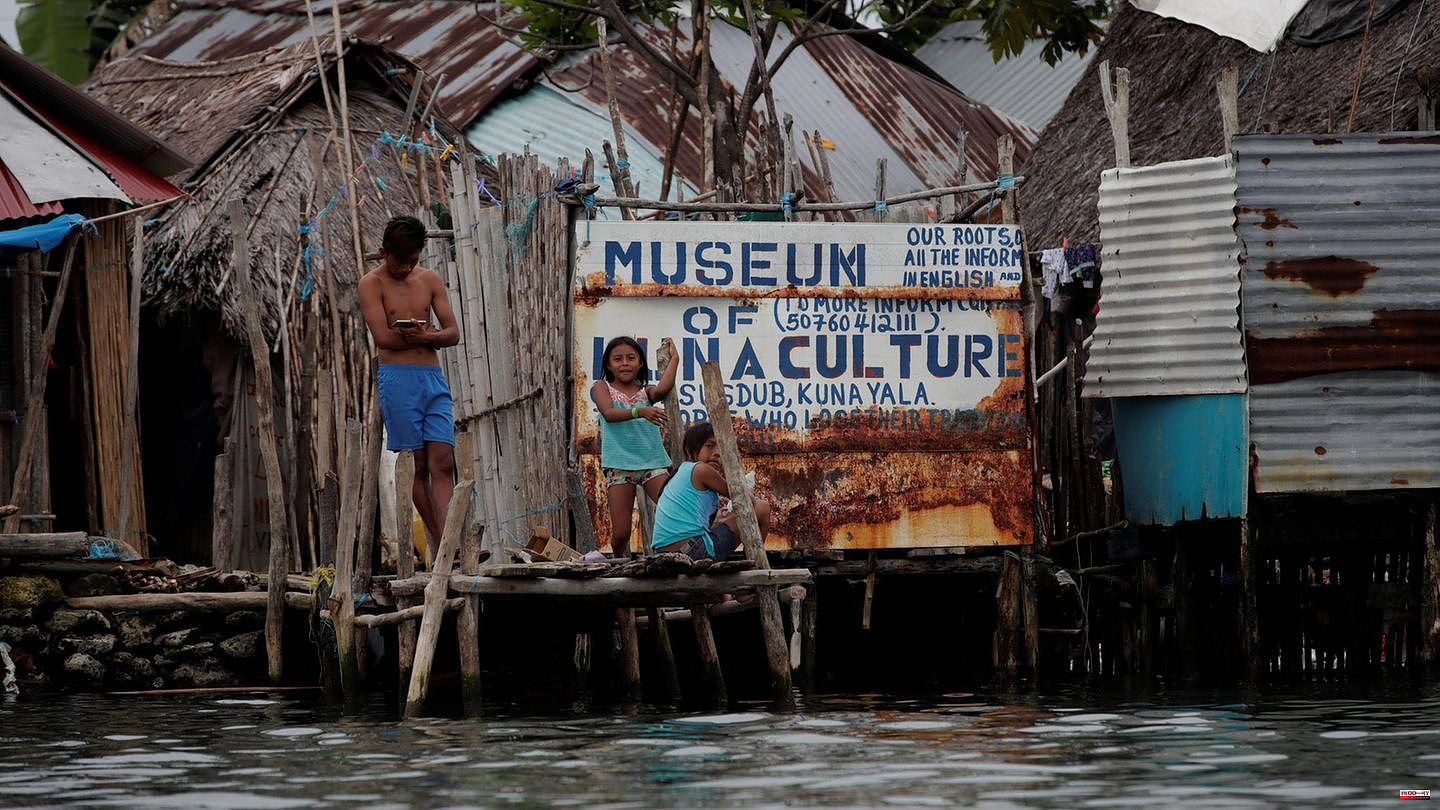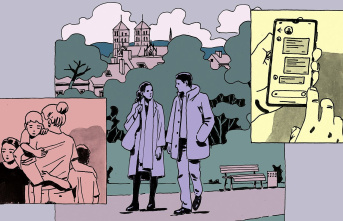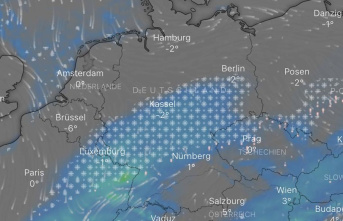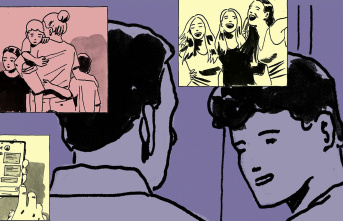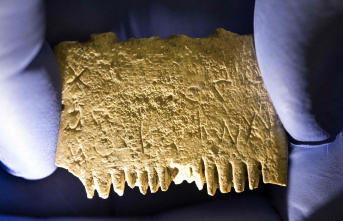The Guna are a tribe who migrated from the mainland to the islands off Panama more than a century ago, fleeing malaria and yellow fever. They will soon face a new escape: from climate change and rising sea levels. The approximately 1,200 residents of the island of Gardi Sugdub (meaning "crab island" in English) will be the first to move back to the mainland. The community has been working with the Panamanian government on a resettlement plan for the past ten years.
The move, which the "Wall Street Journal" describes as a "short, historic exodus", is scheduled to take place next year. This is the first project of its kind in Latin America. However, many more may be needed. Sooner or later, most of the islands in the San Blas archipelago, which includes Gardi Sugdub, will become uninhabitable, says Steven Paton, director at the Smithsonian Tropical Research Institute.
Sea level rise has accelerated from 1 millimeter in 1960 to 3.5 millimeters per year now, according to tide data from the Panama Canal Authority and satellite data from the US National Oceanic and Atmospheric Administration. In the next few decades, the first of the approximately 350 Panamanian islands could be swallowed up by the sea. About 50 of these are inhabited, out of a total of 30,000 Guna members. According to scientists, the island of Gardi Sugdub will disappear into the water by 2050 at the latest.
Residents are already suffering from the consequences of climate change. "We feel the rising sea level," says Blas López Morales, a sociologist and co-organizer of the resettlement, to the "Latin America News". Extreme weather events have increased. Storms and thunderstorms bring flooding with them. The water regularly penetrates the straw and tin-covered huts of the indigenous people. In some cases, houses are completely destroyed, in other cases fireplaces and firewood are flooded - the families can no longer cook. "The feeling is that there is no protection. You can't get to safety quickly on the small islands," reports López Morales.
Javila Apreciado lives in the center of the island. "The flood comes as far as here. Our houses are repeatedly damaged, then we have to repair them," she tells the "Tagesschau". The floods, which occur up to ten times a year, are now normal for them. When elementary school classrooms flood, teachers and students have to come to class in rubber boats, reports the Wall Street Journal. However, the floodwaters not only inundate buildings, but also the rivers from which the Guna get their drinking water. The seawater clogs and destroys the corresponding pipes.
In addition, the tides cut the island off from the outside world. A road connecting the island with the mainland is not accessible. Ships cannot dock either. Both endanger food deliveries. Maintaining tourism as the municipality's main industry is becoming increasingly difficult.
In order to get the problem under control themselves, the Guna began to take coral reefs from the sea some time ago. The inhabitants used these to increase the area of the island and to build dams to protect against the flood. This has serious consequences. Because the corals are the most important natural protection against flooding and erosion. The removal of the corals is now forbidden, according to López Morales. "They are part of the system that keeps us alive."
But in the long term, the Guna have no choice but to move. More than ten years ago, the community took the initiative and set up a commission for migration - because they don't want to rely solely on the government, emphasizes the sociologist. The Guna own land on the coast where a settlement for the community is already being built. The new home is a mile away from the island. Instead of huts made of reed walls, the indigenous people are to be accommodated in around 300 modern prefabricated houses in a new district called "La Barriada".
The Panamanian government has supported and funded the project from the start. "The biggest challenge is certainly the economic aspect. This first move alone, these 300 houses, cost us twelve million dollars," quoted the "Tagesschau" Jose Batista, Deputy Minister for Construction and Territorial Affairs. Further funding is currently lacking. Nevertheless, the migration, the move of an entire island, is to be completed in the coming year. While the younger members of the tribe want to resettle, the older ones speak out against it: They fear the loss of their traditions. "Overall, however, a majority is in favour," reports López Morales.
From the Guna perspective, capitalism is the key driver of climate change. "We have taken care of nature, while the pollution comes from the rich countries, from the companies," says the sociologist. Governments must understand that indigenous peoples have an important role to play in the fight against global warming. With knowledge about nature and the traditional practices of sustainable agriculture, one can make a decisive contribution in the fight against climate change. "Ultimately, we, the environmentalists, NGOs and companies must work together on the issue of climate change," says López Morales.
Sources: "Latin America News", "Daily News", "Wall Street Journal"

